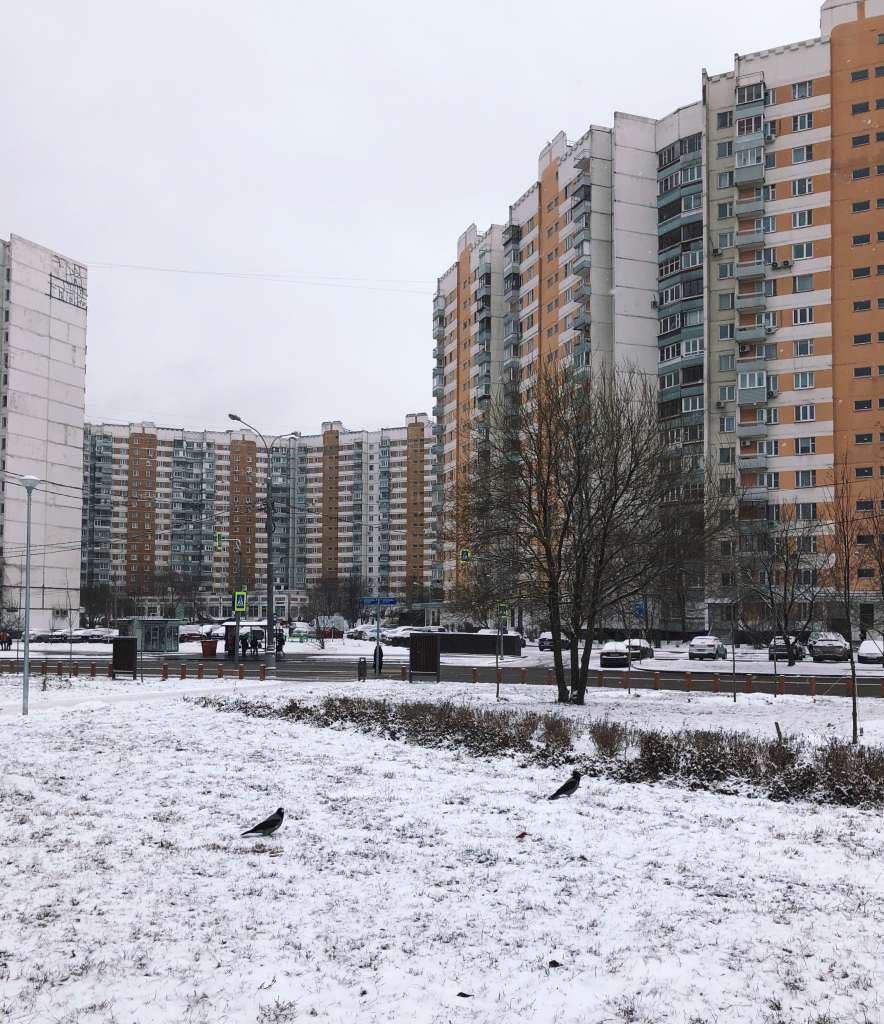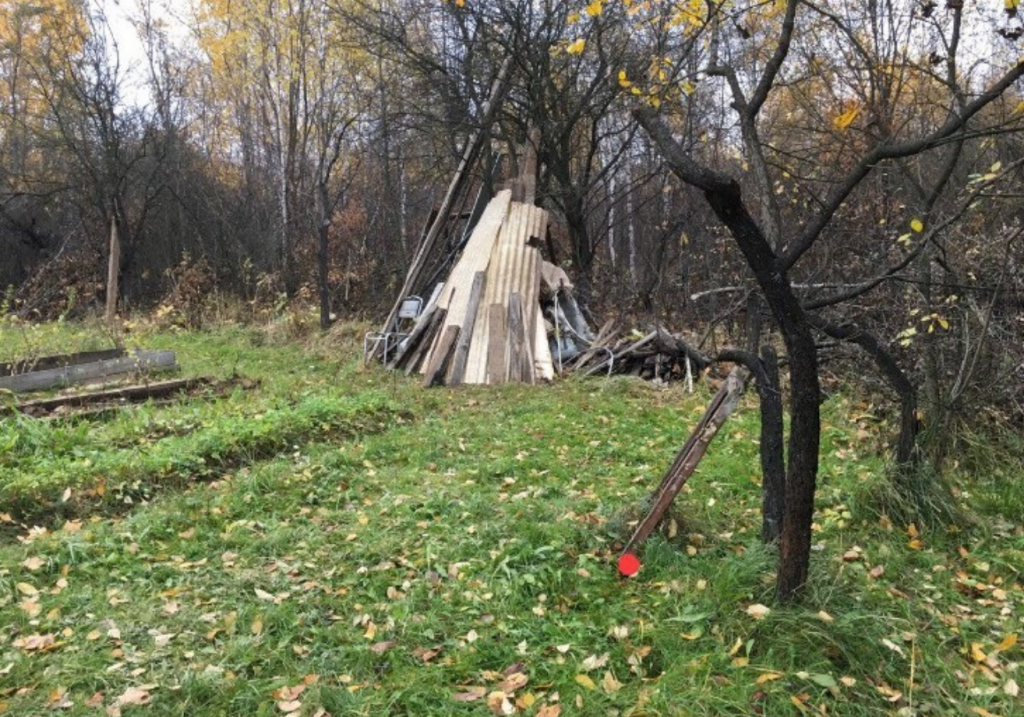It’s become an image familiar to many by now – rows of identical prefab high-rises along wide streets as if towering over each other, as far as the eye can see, strips of what only can be greenery for 3 months in a year or so in between.
Whether in Cold War-esque movies and video games or soviet nostalgia, this specific implementation of the vision of housing as a right for all may look rather dull and off-putting. To many, it represents comfort, home, routine, boredom, some dream of it and some want to escape it. Unsurprisingly for the first mass housing project of such scale there is hardly any consensus on the subject, yet it is surrounded by this overarching theme of order and predictability. But what if I told you that thousands of people every day experience the spaces within, between and around those identical stacked boxes in ways that are dangerous, illegal, adrenaline-filled and subversive? That in a blink of an eye, you are no longer in the suburbs, which are, at the same time, the projects, but in a cyberpunk universe, surrounded by a full menu of psychoactive substances, carefully packaged and hidden in plain sight?

The Russian online drug marketplaces emerged out of .onion hacker forums, and after nearly a decade of fierce competition, DdoS attacks and mergers, only one remained, aptly named Hydra, quickly becoming the most popular way to purchase drugs in Russia and CIS. At first sight, the Russian marketplace is not that different from its global counterparts. Quite some attention has been devoted to the online and cryptocurrency aspects of the operation, which are rather similar to platforms such as Alfabay and Silkroad. Hydra is estimated to be the world’s largest marketplace of its kind and its lifespan is longer than that of the above mentioned counterparts. Alfabay had circa 400 000 users at its peak, just before the arrest of its founder in 2017. Hydra has 2,5 million and growing registered users, 393 000 of which have made at least one purchase.
What is unique about Hydra and sets it apart from any cryptocurrency based illicit online marketplace, and in my opinion is a key part of its successful survival, is its reliance on the cityscape and a form of symbiosis with socio-economic phenomena of unemployment and corruption. While worldwide such marketplaces send your illegal purchase to you in the mail, in Russia the postal services are known to be slow and unreliable. The solution is eyebrow-raising for consumers spoiled by the slightly foucauldian comfort of the coffeeshop. Once you pay with bitcoin, you receive coordinates, a photo and some directions to a publicly accessible place in the area of your choice. You then have 24 hours to find your drugs, dropped off in advance, usually buried in the ground or attached on a magnet to a metal element, and leave a review. The most common locations are parks and residential buildings with their generous surrounding territories. The quality and the quantity of anecdotes such searches produce are perhaps better suited for another platform, but let’s just say it’s a lot less convenient than waiting for the mail to come.

The neighbourhoods that serve as shelves for the online drug trade are not just any neighbourhoods; they are unique in that they are made to be the same. Standardised housing was arranged into micro-neighbourhoods, separated from each other by streets subunits of larger neighbourhoods, which, in turn, are divided by natural elements of the landscape. The intention behind the design was for every resident to be within 500 meters from services and amenities they need on a daily basis, such as shops, daycares, schools, libraries, cultural centres, parks. Outdoor communal spaces were designed to make up for the rather small apartments, and streets While this type of mass housing was first developed in the 1920s, it was only implemented on a large scale from the 2nd half of 20th century. Almost immediately after Stalin’s death, as his political legacy was being reimagined and renegotiated, the Central Committee moved to reject the neoclassical excess associated with Stalinist architecture in favour of faster and cheaper construction. In less than a century, the 80% rural population of the Soviet Union became 80% urban. In Moscow, a city of 12 million people, neatly arranged high-rises are haunted by dusty visions of a prosperous future. Almost no one knows their neighbours. There is an eerie anonymity in the visual uniformity, as if the space you are in renders your identity invisible, not too unlike the Tor browser that offers the map for the drug treasure hunt.
Crucially, this structure relies on an army of autonomous online-recruited couriers or kladmen, just one of the many neologisms that have popped up to accommodate this hard to imagine universe. Law enforcement efforts focus on going after the couriers and customers as its much easier to fill their quota by catching someone in the act than going down the rabbit hole of tracking an anonymous supplier from the depths of the dark web. 28% of Russia’s prison population is behind the bars for drug offences, more than any other crime. Despite the evident dangers of the profession on which this system relies, there is no shortage of new kladmen. Vacancies with descriptions promising flexibility and an attractive salary are advertised on consumer-facing pages of drug vendors on Hydra, as well as through social media and job websites, and there is a handy 26-page guide to the profession that is easily found on Hydra’s forums. The precarity and despair of young people in the workforce is well exemplified by a dark Twitter joke: “Russia has 3 paths — webcam modelling, drug drops and IT”.


First of all: thank you for the info! Being a person from another post-soviet country (Hello from Belarus) made your blog even more entertaining for me. I always knew that it Is not that hard to get such things in our countries if you want them, but never even thought that there is a proper system which made especially for such purposes. Since this moment I will start looking closer to the identical block-buildings, haha.
Hi there, nice article and good title! I really like this topic and how you approached it. I knew nothing about Hydra and I liked reading about your analysis of the environment and the efficiency of the way the deals are done using the coordinates. It is not a method I would have thought of, but when you have the playground of the prefab high-rises and parks and your anonymity as an advantage, it sounds like there’s no better alternative. I like your comparison with a cyberpunk universe a lot as well, as it is a very understandable and indeed a quite accurate one. To read how big an industry the kladmen network is, and that the largest part of the prison population in Russia consists of criminals convicted on drugs-related offenses, also struck me. Of course, it makes sense that with how big Hydra is, the whole industry around it is huge as well, but still. Thanks for posting!